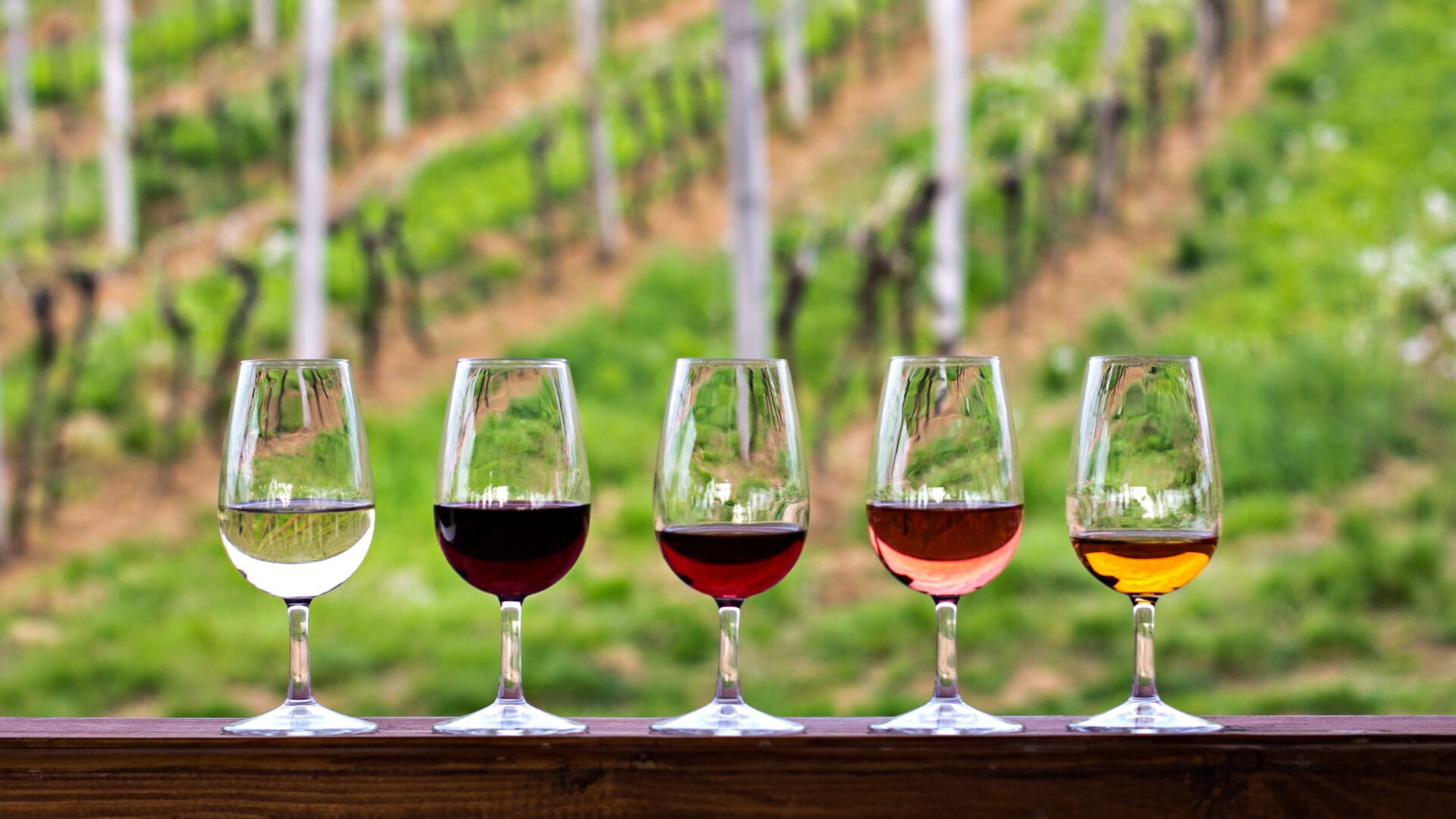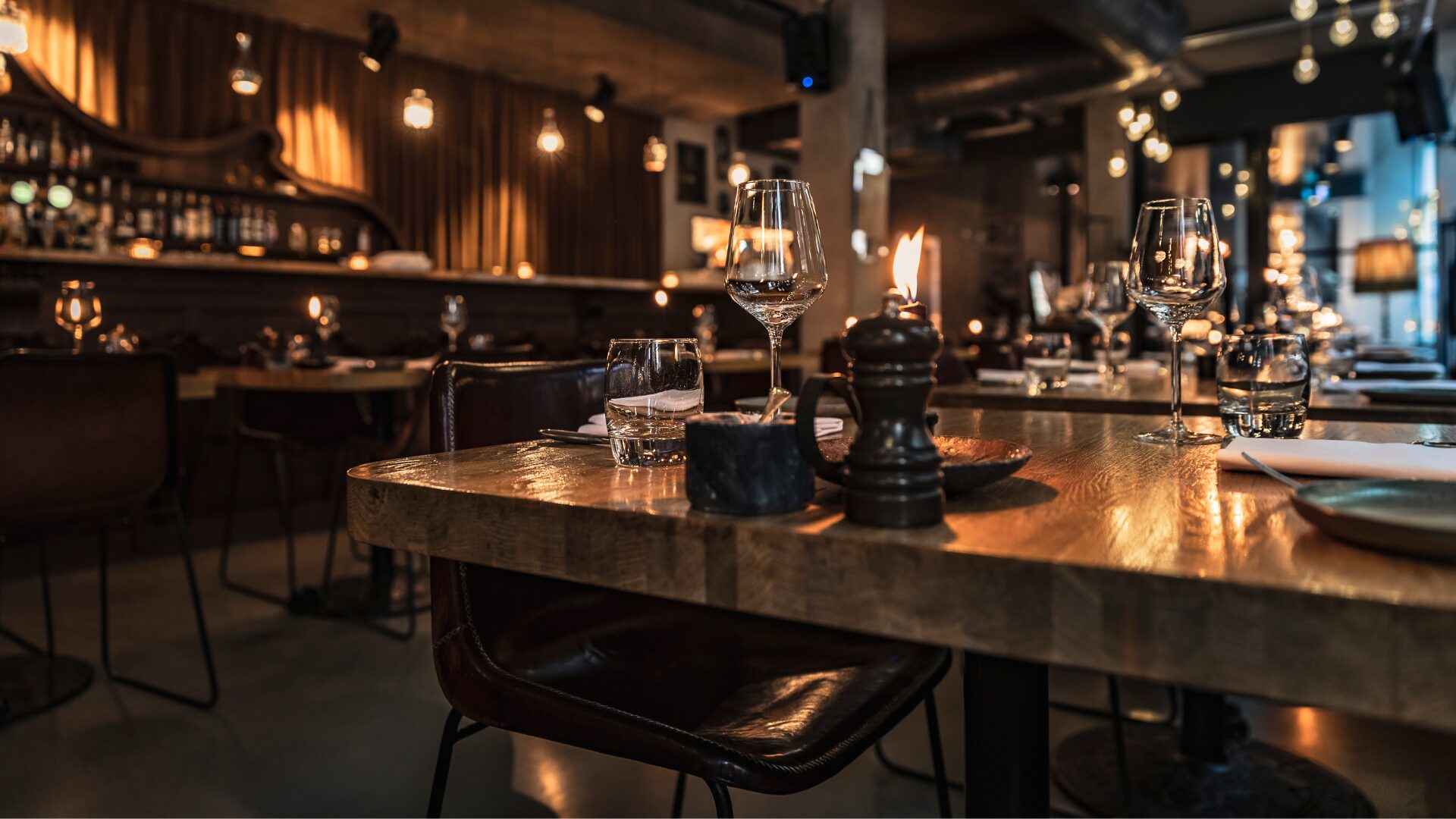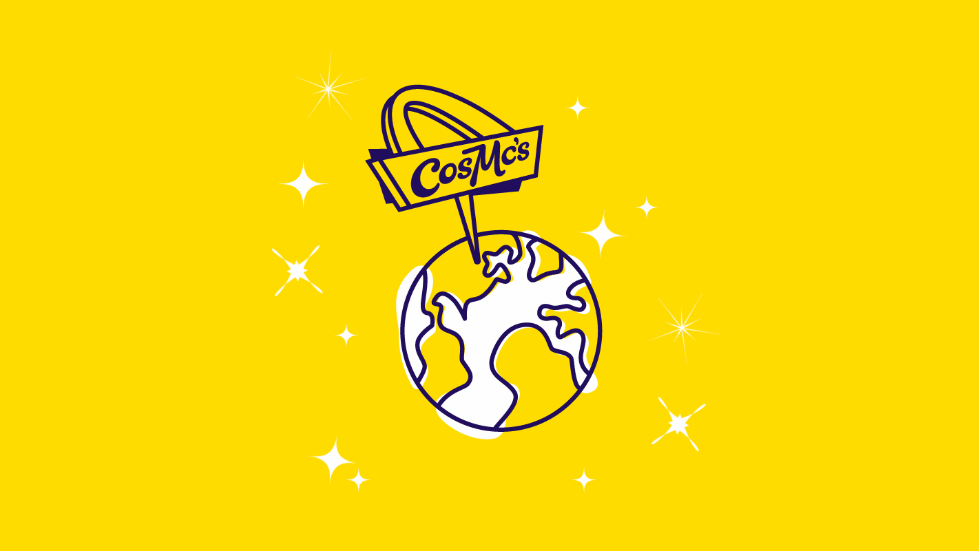On Jan. 26, E&J Gallo, America’s largest wine producer, announced the outsourcing of its distribution capabilities to Texas-based Republic National Distributing Co., one of the country’s largest wholesale alcohol beverage distributors, and the reduction of 355 full-time positions.
While the announcement could be attributed simply to slowing economic conditions, it’s of particular importance because it underscores some critical changes affecting U.S. wine brands, and some of the challenges that lie ahead.
There’s growing concern amongst U.S. winemakers (especially in California) that conditions such as climate change, high costs, overproduction, outside competition and distribution challenges are threatening the industry’s well-being. This is particularly notable in the “entry-level”/“value” sector of the wine market (i.e., wines that usually retail for $10-$25 per 750 ml bottle), where players like EJ Gallo are market leaders. More specifically:
Overplanting, Climate and High Costs
California’s unpredictable weather in recent years (as well as increased risk from wildfires and extended droughts), has forced many local winemakers to essentially overplant popular varietals like Sauvignon Blanc and Cabernet Sauvignon due to uncertainty about “what will next year’s vintage look like”.
This overplanting has created significant excess supply, particularly at the “value” end, reducing margins and overall profitability. Complicating matters further, California’s labor and operating costs are some of the most expensive in the world and have been continuously rising. This has led to a vicious cycle of further margin erosion, which provides additional incentives to overplant to try to maintain economies of scale.
Fierce Outside Competition
The American wine market has experienced a sharp increase in wine imports in recent years, especially in the lower end of the market. Especially competitive are wines from Chile (which now has a free trade agreement with the U.S.), New Zealand, Australia and Spain.
And, as wine continues to be produced in more and newer parts of the world, “exotic” entrants (like Austria, Sicily, Portugal and even China) are providing even more choices for consumers, and stiffer competition for a share of America’s wine wallet.
Expanded Distribution
Gallo’s outsourcing of its distribution served two purposes. It helped reduce direct costs, but also expanded the reach of its distribution channels.
As alcohol distributors continue to gain market share and reach, it becomes increasingly difficult (and expensive) for companies like Gallo to achieve wide distribution of scale on their own.
Evolving Tastes
Wine consumption in America remains strong overall, but its demographics are changing rapidly. Younger consumers (i.e., Millennials and Zoomers) are increasingly favoring either low/no alcohol beverages, or when the do consume alcohol – they increasingly opt for spirits or hard seltzers. U.S. spirits sales have increased from roughly 150 million 9L cases in 2010 to just over 200 million in 2022, driven mainly by Tequila, whiskey, and bourbon.
Wine consumption among older Americans (Gen X-ers and Boomers) remains relatively strong. But even here consumption is also changing, towards more variety (read: international wines) and higher end wines (“quality vs. quantity”). For winemakers like Gallo, whose main business is volume-driven, entry-level/value wines, this is of particular concern.
An early read of the overall situation suggests that significant changes in the amount and overall quality of U.S.-made wine is quite possible, and may signal an eventual reduction in overall volume and greater focus on higher value/price wine offerings. Gallo’s outsourcing of its distribution could also signal an eventual bifurcation of the distribution of “value” versus “high end” wines, the latter retained in-house while ceding the former to dedicated distributors with significant mass-market reach.
Editor’s note: Juan Ruiz is a finance and investment professional with over 30 years’ experience collecting and reviewing wines. He’s a graduate of New York’s Institute of Culinary Education’s Intensive Sommelier Program and a certified sommelier with the Court of Master Sommeliers, Americas.












